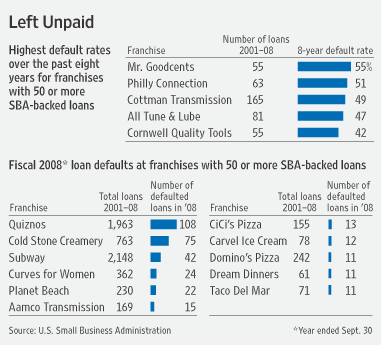
Round One?
Things got real nasty as two giants in the world of financial commentary engaged in a bare knuckles brawl. Nouriel Roubini earned his reputation by being one of the few to correctly predict the ongoing economic crash and he remains stoutly bearish. Jim Cramer has repeatedly called bottoms as the Dow cratered from 14,000 to 6,500 and has endured continual sniping from critics who have documented his inaccurate predictions.
Roubini is seen by many as a perma bear while Cramer could be called a perma bull. Comedian Jon Stewart didn’t get much of an argument from Cramer when he accused Cramer of missing the signs of a “once in a lifetime financial tsunami”.
The true test of greatness going forward will be decided by who correctly calls the bottom to this depression/recession. The bets have been placed – time will tell who is right. In the meantime, it was certainly better to take Roubini’s advice for the past three years. Those market investors who ignored the bearish calls of Roubini have taken a major hit to their net worth.
The entertaining remarks made by each gentleman about the other follow, courtesy of guardian.co.uk.
Roubini, a New York University professor who famously forecast a dire world recession as far back as 2006, has taken exception to remarks on a blog by Cramer that he is “intoxicated” with his own “prescience and vision” and is refusing to see green shoots of recovery in the financial markets.
“Cramer is a buffoon,” said Roubini. “He was one of those who called six times in a row for this bear market rally to be a bull market rally and he got it wrong.”
Roubini, who believes the situation is so gloomy that leading US banks may need to be nationalised, was dismissive of Cramer: “After all this mess and Jon Stewart, he should just shut up because he has no shame.”
Speaking to the Associated Press ahead of a speaking engagement in Toronto, the economist continued: “He’s not a credible analyst. Every time it was a bear market rally he said it was the beginning of a bull, and he got it wrong.”
Last week, Cramer told his viewers that the recent 20% rally in Wall Street markets was sufficient to judge that the downturn was past its worst: “Right now, right here, on this show – I am announcing the depression [is] over!”
Depression Over?
Let’s hope that Cramer gets one right this time with his prediction that the “depression is over”.

 Should We Discount The Consensus?
Should We Discount The Consensus?